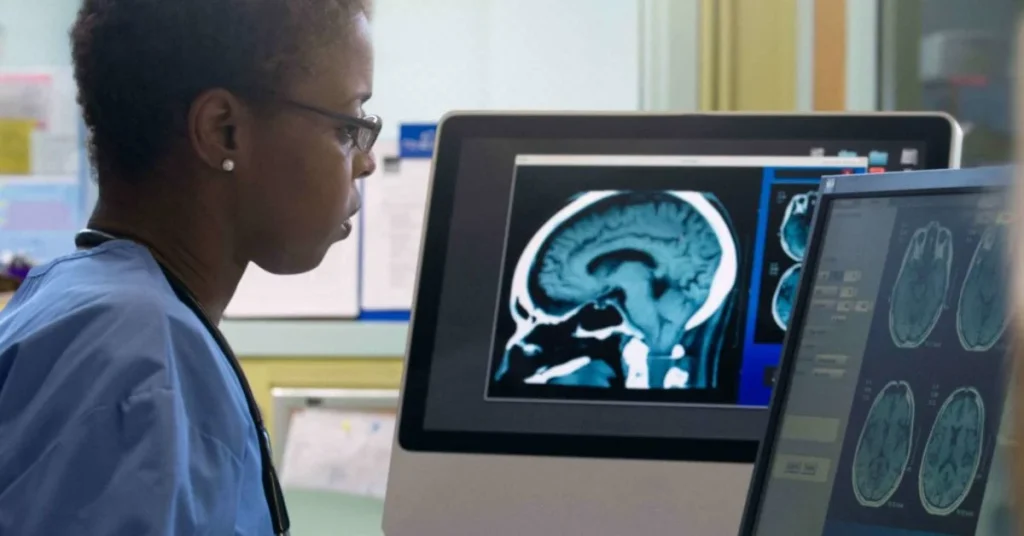Aspects to be considered for responsible data acquisition
The use of AI algorithms in health services has been widely explored to improve the diagnosis and treatment of diseases, but the success of these systems directly depends on the quality and privacy of the data used [1]. The use of medical images in particular is challenging as this data is highly complex and contains […]
Aspects to be considered for responsible data acquisition Read More »










